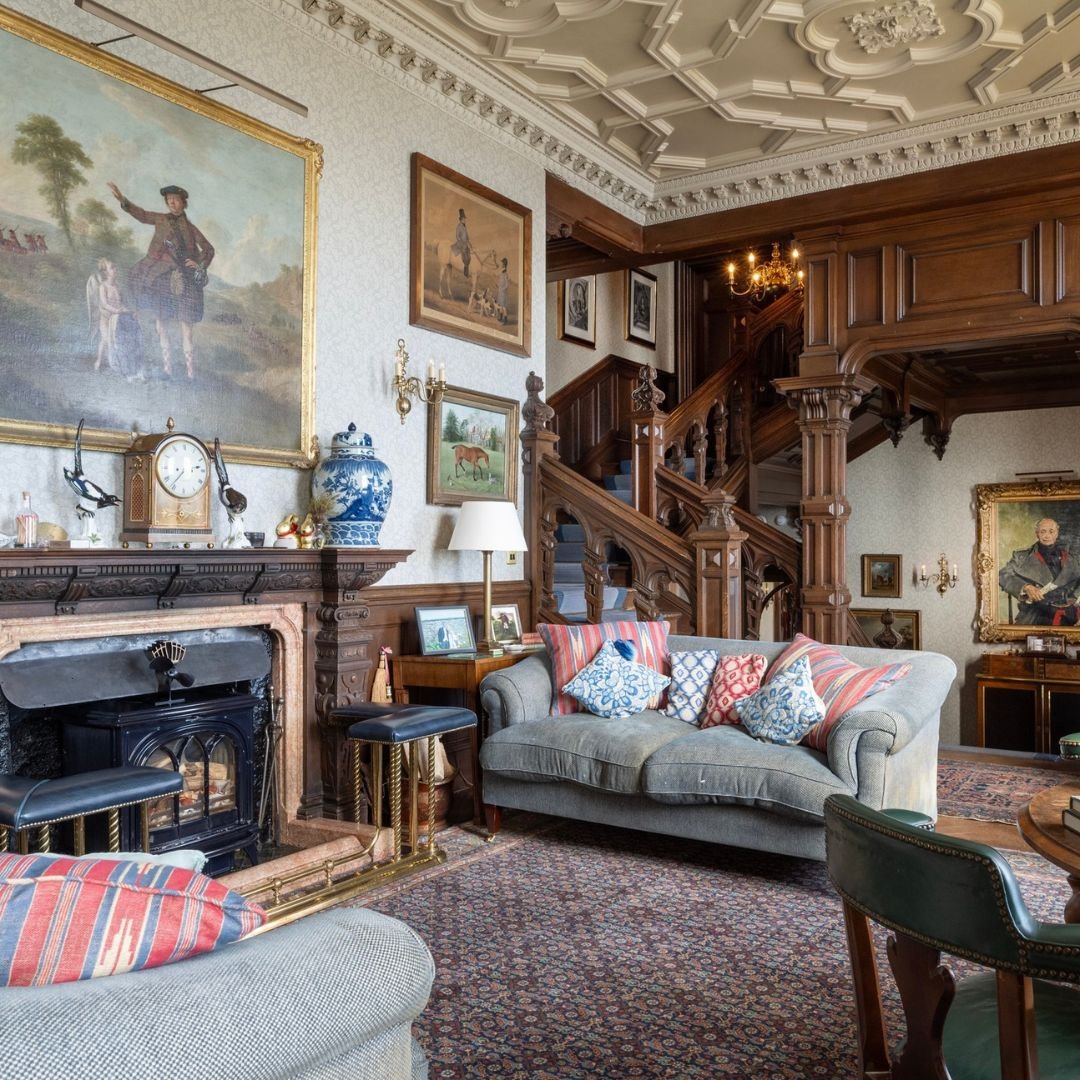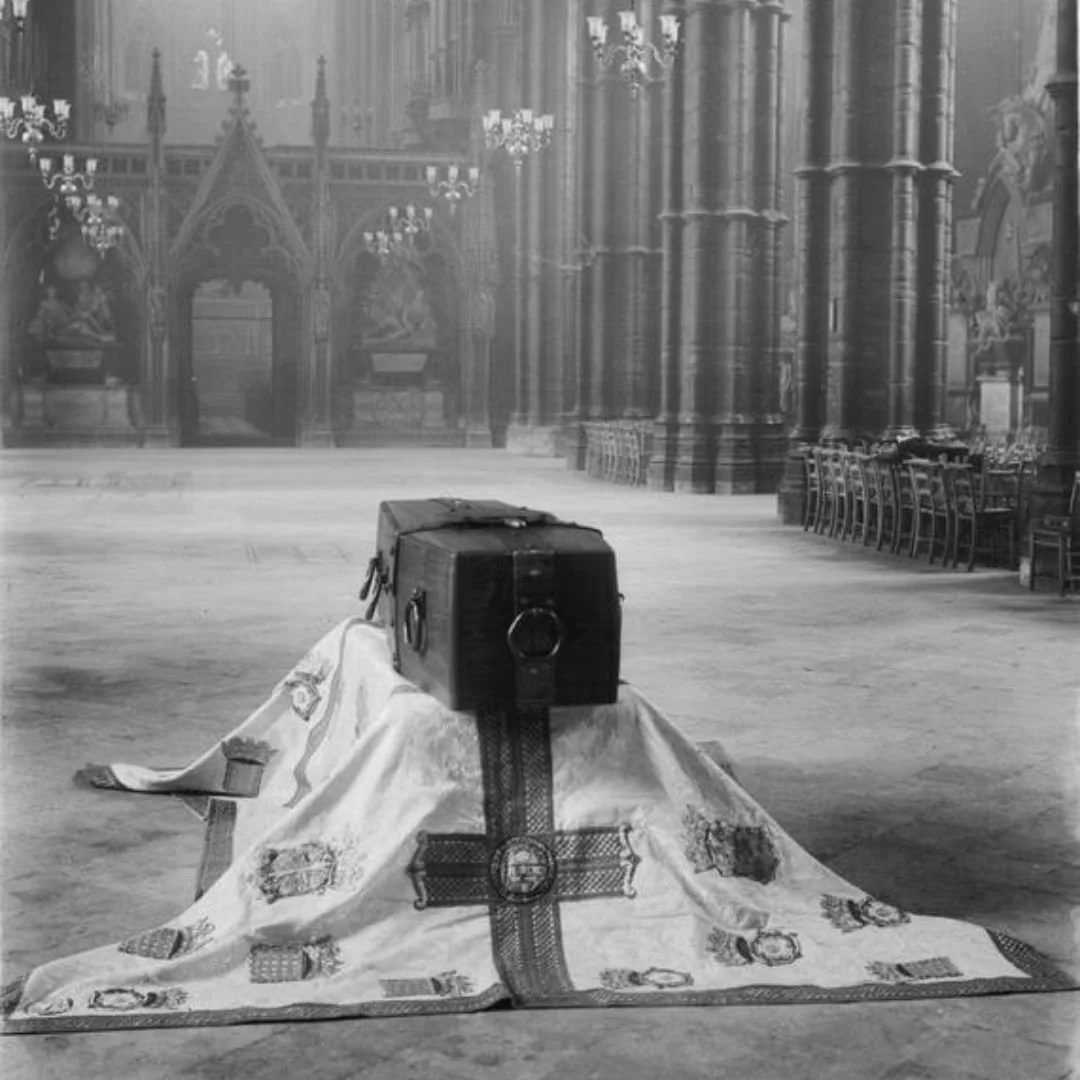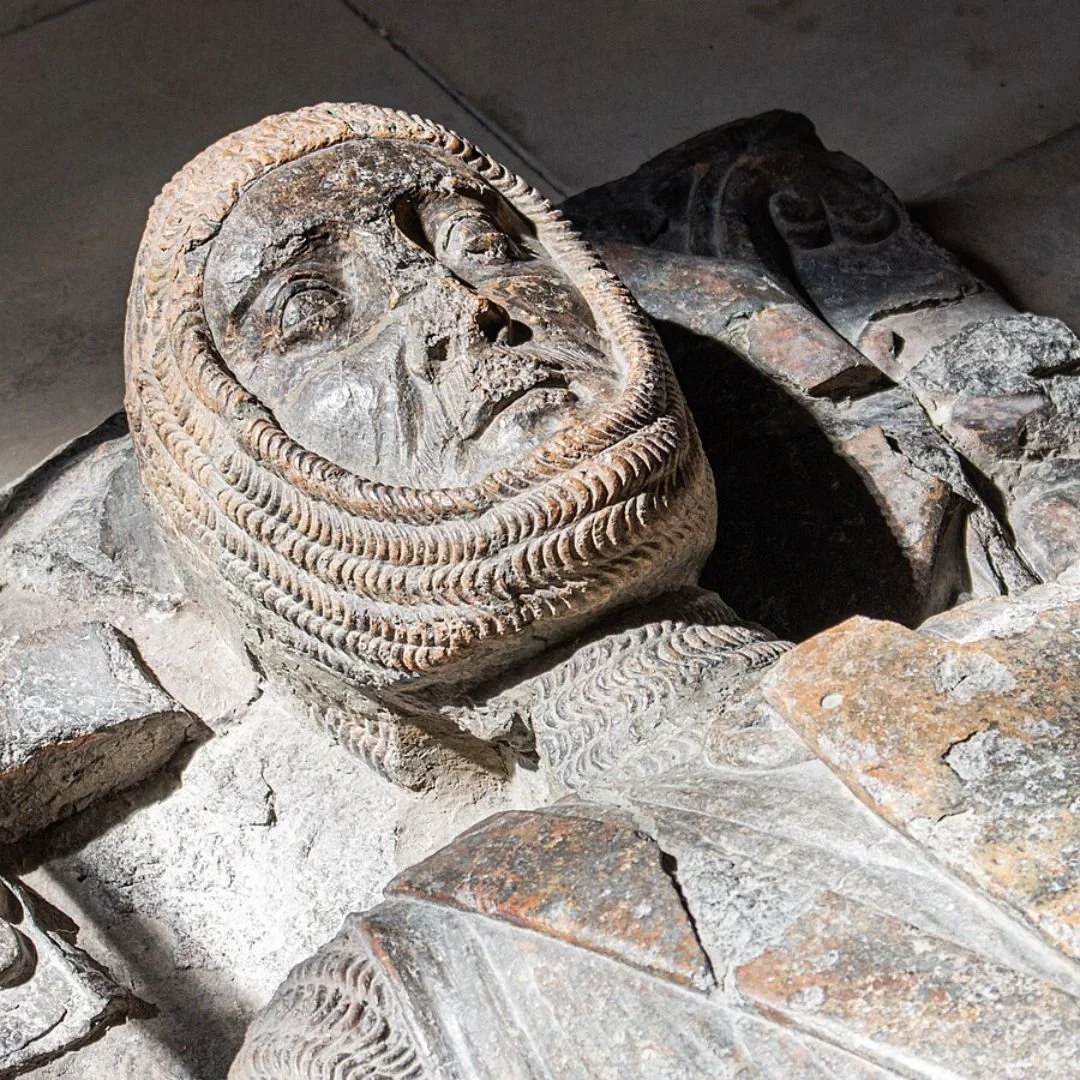Inside Dunbeath Estate, Scotland: A co500 Year-Old, £25 Million Castle
Dunbeath Estate is a stunning £25 million Scottish treasure, set against a stunning coastal backdrop.
Photo: Savills
The majestic estate was recently sold through Savills, a real estate services provider for an eye-watering £25 million.
It comprises 28,500 acres of truly spectacular topography, 12.5 miles of river flowing from source to mouth, 4 hill lochs and lochans and about four miles of rugged coastline.
Although remote, it is far from inaccessible: private flights are available from Wick John O’Groats airport, and there is ample space for helicopters to land on the lawns of Dunbeath Castle itself.
Photo: Savills
At its core stands Dunbeath Castle, a striking Category A Listed fortress perched dramatically on cliffs above the North Sea.
A castle was first documented on the rocky peninsula at Dunbeath in 1428 when the land belonged to the Earl of Caithness.
The earliest known laird was Alexander Sutherland.
Ownership later passed to Clan Sinclair through the marriage of Alexander Sutherland's daughter to William Sinclair (1410–1484), the first Sinclair Earl of Caithness.
In 1620, the Sinclairs replaced the earlier structure with a four-storey tower house, which remained in the family for 325 years.
In March 1650, during the Wars of the Three Kingdoms, Dunbeath came under attack by Royalist forces led by James Graham, 1st Marquess of Montrose.
Photo: Savills
Sir John Sinclair rode to Edinburgh to warn of Montrose’s approach, leaving his wife to defend the castle against Sir John Hurry.
She surrendered, and the Royalists installed a garrison.
However, Montrose was defeated the following month at the Battle of Carbisdale, and opposing forces under David Leslie recaptured the castle.
The castle underwent significant remodeling in the 17th century under Sir William Sinclair, with further renovations in 1853 and 1881, designed by architect David Bryce.
Between 1894 and 1945, the property was owned by Vice-Admiral Sir Edwyn Alexander-Sinclair. Some of the structures at Dunbeath still display the Sinclair crest.
After World War II, the estate changed hands four times, including ownership by two Americans, before being purchased in 1997 by Tertius and Claire Murray Threipland, whose family has long-standing ties to Caithness.
Photo: Savills
Behind its impressive exterior, Dunbeath Castle is a beloved family home designed for both entertaining and providing guests with exceptional comfort.
The interior layout is thoughtfully arranged, featuring all the expected rooms for a property of this scale and period.
The reception rooms, located on the castle's eastern side, take full advantage of breathtaking sea views, with large windows that flood the spaces with natural light.
The castle boasts 13 bedrooms, eight of which serve as principal bedrooms, each named after notable naval battles with their names displayed above the doors.
A striking carved turnpike staircase connects the ground floor to the second floor, where two reception galleries – the Lower and Upper Galleries – form the central hubs of their respective levels.
A secondary service staircase runs from the basement to the attic, complemented by hidden spiral staircases tucked within the castle’s turrets and thick walls, characteristic of Bryce’s architectural style.
Photo: Savills
The ground floor features an entrance hall with a boot room to one side, complete with a barrel-vaulted ceiling and a charming arched inglenook fireplace.
A short staircase ascends to the Lower Gallery, adorned with intricate plasterwork on the ceiling, a dark marble fireplace, and a wood-burning stove.
Adjacent to the gallery is a spacious dining room that comfortably seats 16 guests, serviced by a butler’s pantry equipped with a dumb waiter connected to the kitchen below.
In the southern corner, there is a study with an open fire and a curved window set within a tower. Nearby, a library features four large bookcases and a dark marble fireplace with a wood-burning stove.
The gardens are equally as breathtaking.
Known affectionately as 'Mrs Threipland's Garden', this is a spectacular award winning ornamental and formal walled garden with two viewing turrets at its corners and a bowed niche in the top corner.
Photo: Savills
The classic layout in the shape of a cross is subdivided into eight equal compartments intersected by grass paths and edged with hedges.
It includes a rose garden and intriguing plant combinations, resulting in a stunning flower and colour-filled garden oasis complete with glasshouses.
Adjoining the rear outer wall is a potting shed and former gardener’s room which has been recently refurbished and now offers a comfortable space for shooting guests and those on private garden tours to congregate.
In addition to these natural assets, some 20 estate houses and cottages provide staff accommodation, holiday lets and long-term rentals.
Reacting on social media, someone said: “You’d need to win the euro millions but this would be amazing!”
Another added: “Simply breathtaking.”
Photo: Savills
Take a look at more photos below, courtesy of Savills Estate Agents.
Photo: Savills
Photo: Savills
Photo: Savills
If you enjoyed this blog post, please follow Exploring GB on Facebook for daily travel content and inspiration.
Don’t forget to check out our latest blog post below!
Thank you for visiting Exploring GB.






















